As originally appeared in the Irish News, 9 August 2022.
Consulting Partner at Baker Tilly Mooney Moore Donal Laverty
The pace of the labour market in Northern Ireland has accelerated sharply in recent months to become a key operational concern for many businesses. Job openings are consistently high, salaries are leaping up and the normalisation of hybrid and flexible working has given candidates the power to shop around for a higher paying role that slots into their lifestyle.
From an employee perspective, this is a seismic shift from twelve months ago when a stable income, job security and a flexible working environment were the main drivers.
The labour market has clearly and fundamentally changed. There is a significant deficit of available staff, increasing pressure on organisations to retain existing staff and an increasingly febrile market where employees are seeking or have in fact been sought out for a competing role. We call it the war on talent, and as the situation rumbles on, it has the potential to wipe out organisational productivity.
Despite the slight stabilisation recorded in the last three months in the latest NI Jobs/ Ulster Bank Jobs Report, the market is still very much controlled by the candidate, with job growth up 67% on the same period pre-pandemic and companies finding gaps from entry to senior management level.
This is a situation that will play out for at least the rest of 2022 and well in 2023. In the meantime, organisations right across the public, private and third sectors run the risk of potentially devastating repercussions.
We talk everyday now of the cost-of-living crisis, a scenario that leaders have been grappling with since almost the very moment Covid-19 began to settle. It is right that we are seeing more frequent announcements of cost-of-living support packages and pay rises in line with inflation, a tactic that no doubt plays into the recruitment and retention response for the companies and organisations that can afford it.
Yet the harsh reality is that not every business can stretch their budget to this, and even those who can must consider whether they have the bandwidth to resource a hike in salaries in the long-term.
In practice, what we are seeing across all sectors is that recruitment and retention is draining the focus, productivity and resources away from day-to-day operations. A notoriously expensive exercise, it requires careful consideration and a significant time commitment in a period when, if we wish to avoid repeating the process in a matter of months, it must be done right.
Whatever the purpose of the organisation, business or charity, the day-to-day reality means pulling senior managers and colleagues away from their workload to recruit new colleagues, restructure existing departments and develop new strategies for employee retention. In doing this, creative thinking, forward planning, and overall productivity inevitably takes a hit.
Add to that the considerations around the cost of doing business and whether salaries here can keep up with inflation, we have a situation where organisational strategy right across the business landscape is being hamstrung by the war on talent.
Although a significant challenge, solutions do exist, and steps can be taken now to ensure the long-term focus isn’t overwhelmed by recruitment matters. In our next piece, we will outline what organisations can do to ensure smooth transitions that protect their productivity in the long-term.

